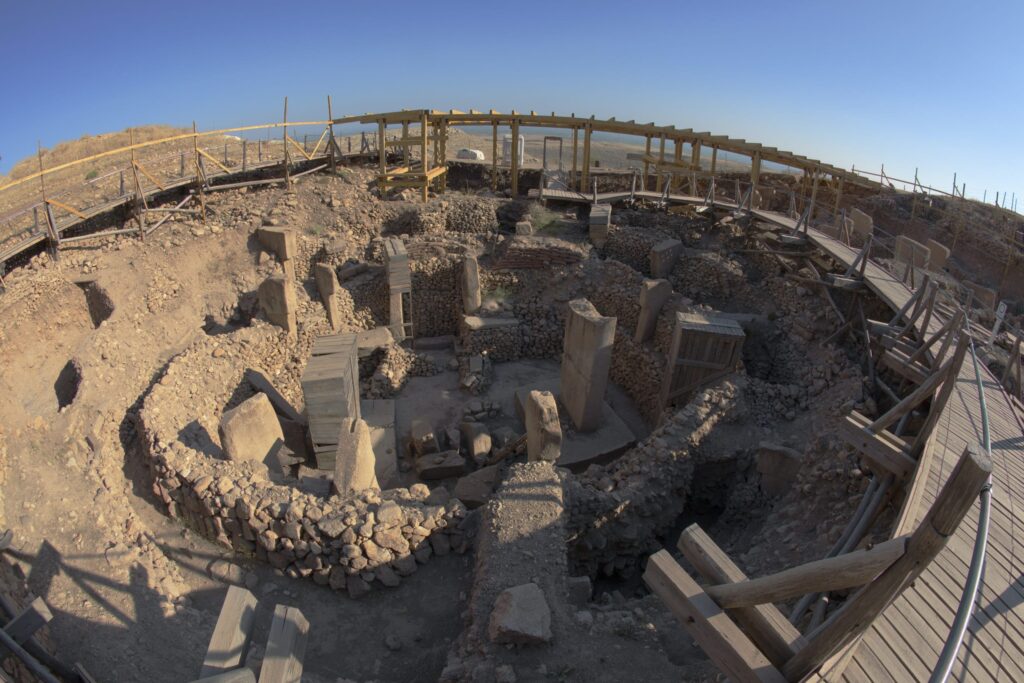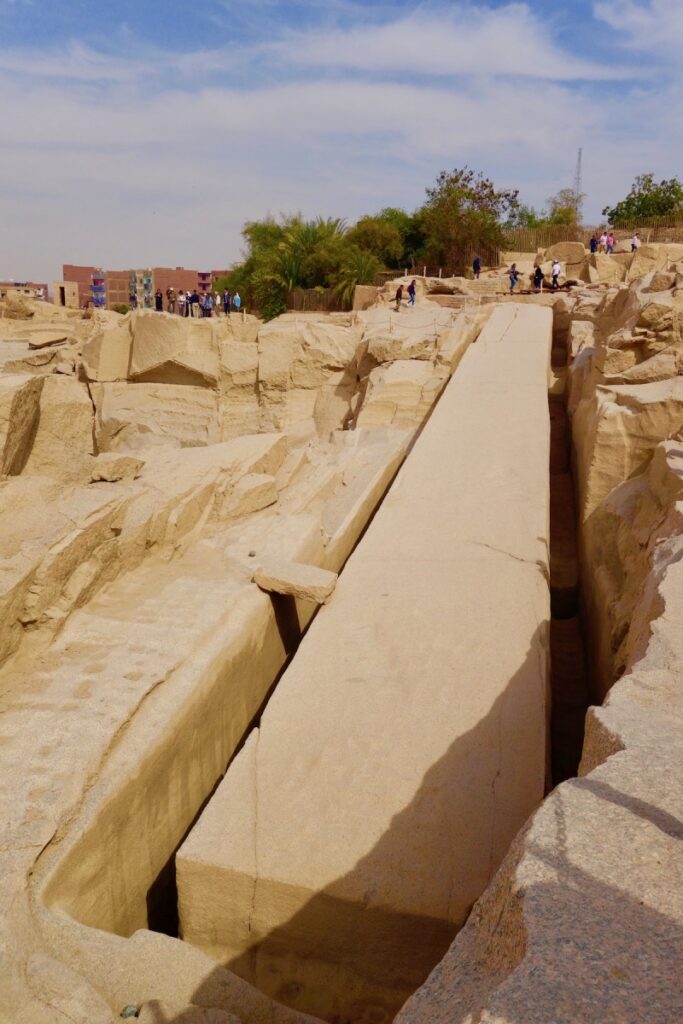Seven mysterious discoveries that have stumped even archaeologists
The Nazca line

The unusual formation of white lines, which can only be seen from the sky, is still one of the world’s great mysteries. The purpose of the trapezoidal elements, strange symbols, plant structures and images of birds and unrecognisable animals carved on a huge scale is still unknown. Scientists estimate the boundary between 500 BC and the Nazca Indians. And 700 A.D. means that these ancient paintings have remained intact for more than 2,500 years. Conspiracy theorists believe that Nascaline was created as a huge airfield for aliens.
Stone spheres from Costa Rica

The almost perfectly spherical-shaped stone, still considered one of the world’s unsolved archaeological mysteries, was first discovered in Costa Rica’s Diquis Delta in the 1930s. Hundreds of other stones have been found all over the country. These spheres, ranging in diameter from a few centimetres to over two metres, have given rise to much myth and speculation. Scientists are still unsure of the exact purpose of these mysterious polished spheres.
The Gobekli Tepe

The ancient ruins of Gobekli Tepe in Turkey have rewritten the early history of civilisation. Since excavations began in 1995, the discovery has changed the way archaeologists think about Neolithic and human origins. More than 12,000 years ago, scientists excavated a circular structure with elaborately carved stones and protruding columns. During the Neolithic period it was believed that pottery and agriculture had not yet been invented. Today, the oldest man-made cathedral can be found at Gobekli Tepe.
The Unfinished Obelisk

Taller than any known obelisk ever raised, the ‘Unfinished’ Obelisk is one of the most famous stones ever excavated. It could become the largest known Egyptian obelisk if it was erected. Once semi-carved from the solid bedrock, this gigantic stone block was intended to be 36m tall. It’s estimated that its weight would be between 1100 and 1150 tons.